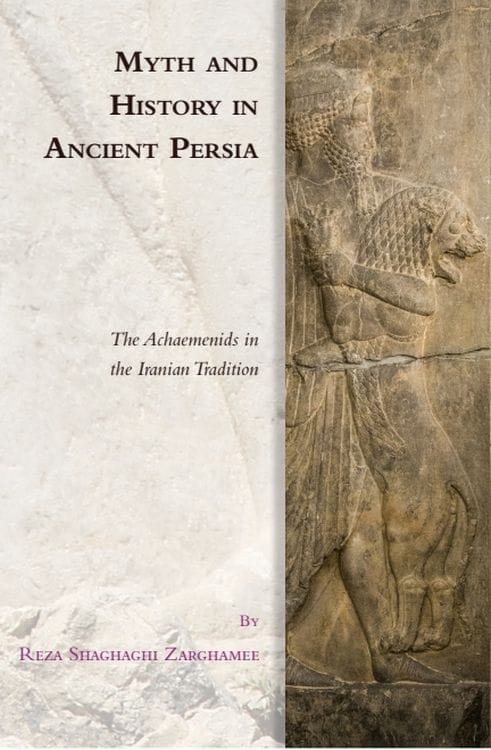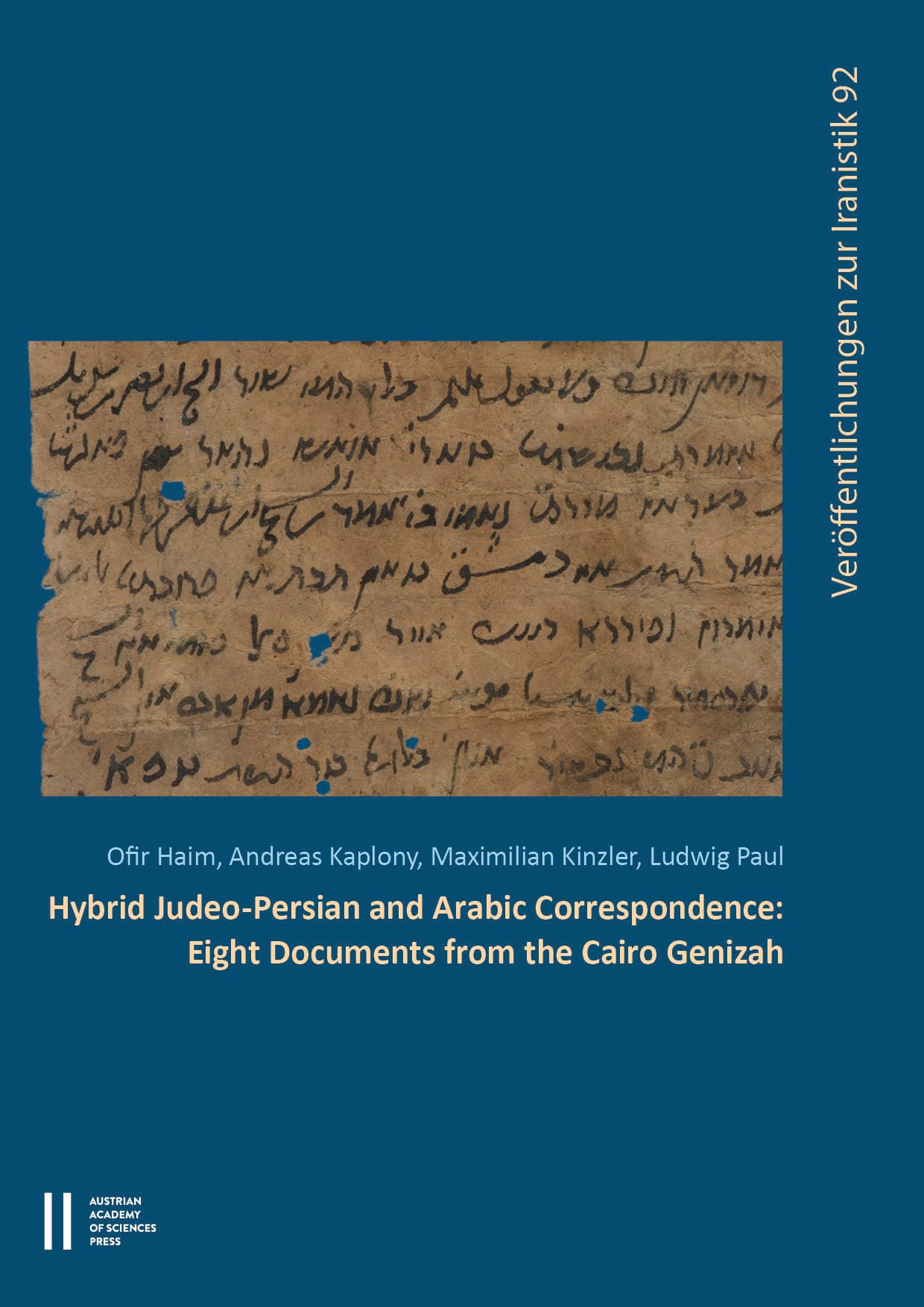Toft, Lasse Løvlund, Mattias Sommer Bostrup & René Falkenberg (eds.). 2025. On the Matter. Studies on Manichaeism and Church History Presented to Nils Arne Pedersen at Sixty-Five (Corpus Fontium Manichaeorum – Analecta Manichaica 4). Turnhout: Brepols Publishers.
The anthology consists of twenty-nine studies on Manichaean texts in Coptic, Syriac, Chinese, and Iranian languages, as well as on broader Church History including texts from the Nag Hammadi Codices, Coptic and Syriac heresiology and Early Modern religious polemics. Of interest to all scholars of Manichaeism and Late Antique and Medieval Eastern Christianity, and to scholars working on the phenomenon of heresiology and doctrinal polemics within the churches at large. The anthology is a Festschrift for Nils Arne Pedersen at Aarhus University.
TABLE OF CONTENTS
Manichaean Texts, Imagery, and Terminology
- Jean-Daniel Dubois, About the Use of the Term Pistos in Coptic Manichaean Writings
- Iain Gardner, Who Was Salmaios and What Was His Lament?
- Jason BeDuhn, Rethinking Manichaean Asceticism
- Samuel N.C. Lieu, Database of Manichaean Texts – Past, Present, and Future
- Claudia Leurini, Secret Messages: Traces of Cryptography in the Middle Persian Manichaean Hymns to the Church
- Iris Colditz, Eine Parabel in einer Homilie Manis in parthischer Sprache
- Yutaka Yoshida, Middle Iranian Fragments in Sogdian Script from the St. Petersburg Collection – The Fourth Section of the Manichaean Daily Prayers in Parthian and Some Other Middle Iranian Texts
- Nicholas Sims-Williams, On the Sources of the Manichaean Sogdian Religious Terminology
- Enrico Morano, A Manichaean Middle Persian Text on the Descent of the Holy Spirit and the Beginning of Mani’s Church (M788)
- Gunner Mikkelsen, Pearl Imagery in a Chinese Manichaean Hymn
- John Møller Larsen, Ligatures in the Syriac Manichaean Texts from Kellis
- Erica C.D. Hunter, Hunting Manichaean Syriac Incantation Bowls
- Sebastian P. Brock, Imagery Shared and Imagery Avoided: The Manichaean Psalms and Syriac Religious Poetry
Nag Hammadi, the Bible, and Early Heterodoxy
- Einar Thomassen, Manichaeans and Gnostics on the Creation of Humanity
- Hugo Lundhaug, A Luminous Soul in the Likeness of God: Dispensing with the Psychic God in Paul’s Prayer for Revelation in Nag Hammadi Codex I
- Anders Klostergaard Petersen, The Gospel of Truth as Fully-Fledged Christ Religion
- Peter Nagel (†), Das Gleichnis vom viererlei Acker in den synoptischen Evangelien und im Thomasevangelium (Logion 9)
- Mogens Müller, Traces of Marcion in the New Testament?
Eastern Orthodoxies in Formation
- Jan Dochhorn, Acherusischer See und Paradies im Zauberpapyrus London, Brit. Libr. Or. 5987, l. 13–24
- Lasse Løvlund Toft, Virgin Mary as a Heavenly Power in Egypt: Doctrinal Polemics and Theological Diversity in Coptic and Copto-Arabic Homiletic Apocrypha on the God-bearer
- David G.K. Taylor, Eschatological Rivers of Fire and Purgatorial Purification in Sixth-Century Syriac Texts
- Flavia Ruani, Le catalogue d’hérésies de Jacques bar Šakko (XIIIe s.) :Livre des trésors II. De l’Incarnation du Verbe, ch. 1
- Paul-Hubert Poirier (†), Une traduction latine inédite du Contra Manichaeos de Titus de Bostra
- Henning Lehmann, Eusebius of Emesa Interpreting Exod. 3:14f: Some Remarks on Recent Eusebius Studies
Churches, and Theologies in Early Modern and Modern Northern Europe
- Per Ingesman, ‘In Principio Erat Error, Et Error Erat Apud Lutherum’: Paulus Helie on Luther and His Adherents in the Danish Reformation
- Rasmus H.C. Dreyer, Between Danish and German: A First-Generation Danish Reformer as Lutheran Superintendent (1541–1561)
- Carsten Bach-Nielsen, Theme and Variations: Lazarus and the Rich Man. Iconography of a New Testament narrative in an age of Reform, c. 1500–1640
- Kim Arne Pedersen, Grundtvig, the Greeks, and Heresy
- Mattias Sommer Bostrup, The Life and Afterlives of Bishop Fredrik Nielsen (1846–1907): Social Functions of Church History at the Fin de Siècle










